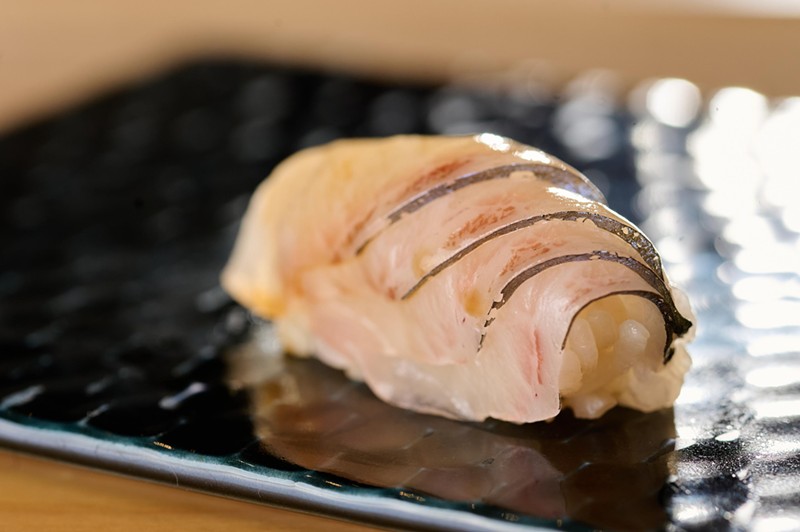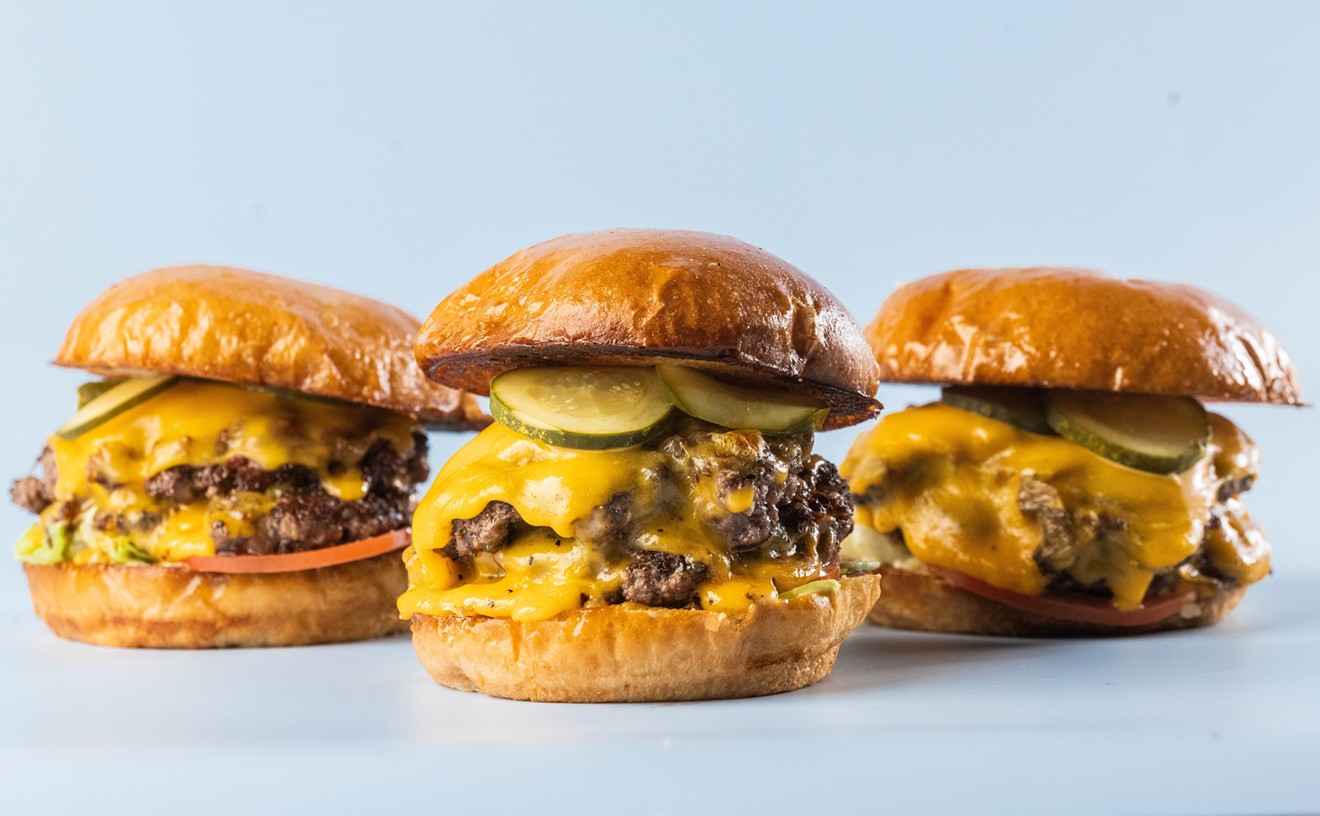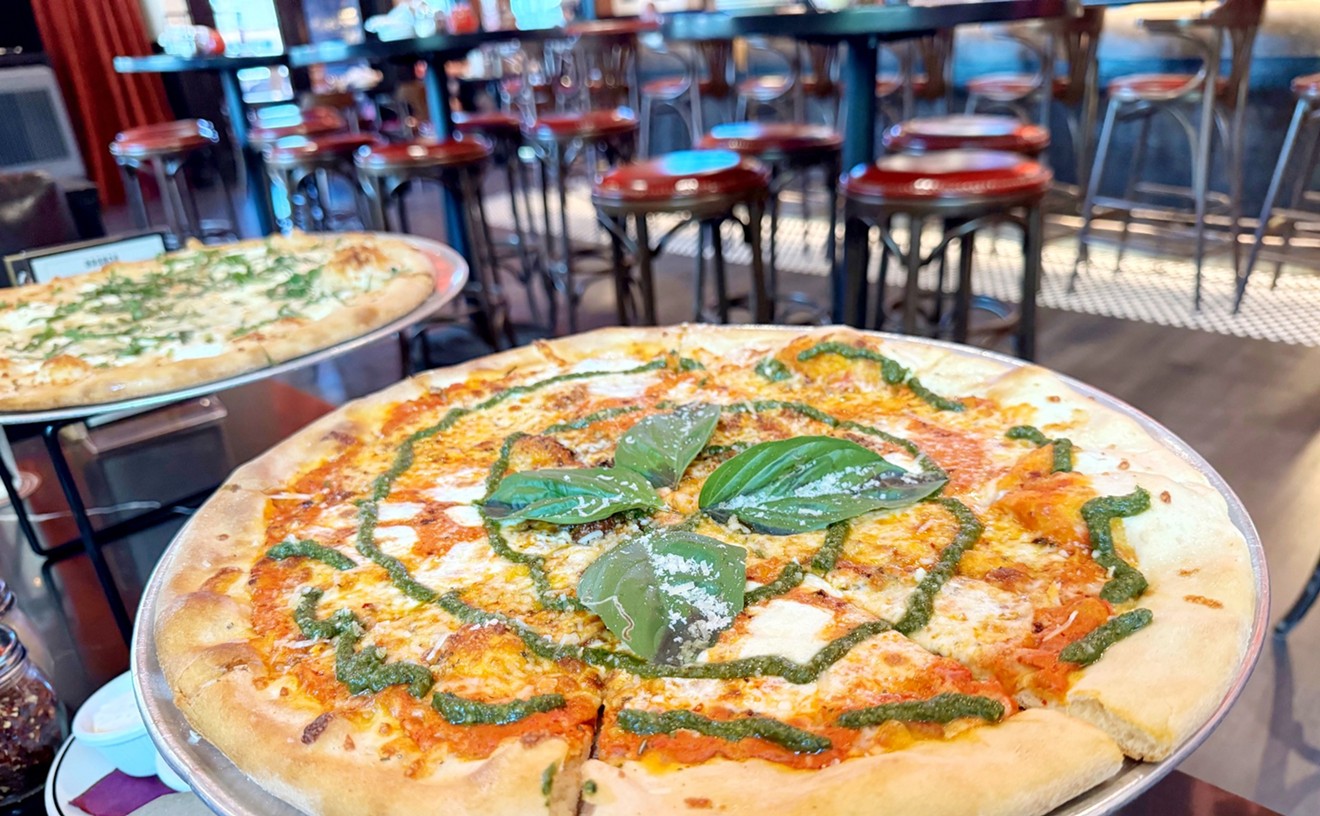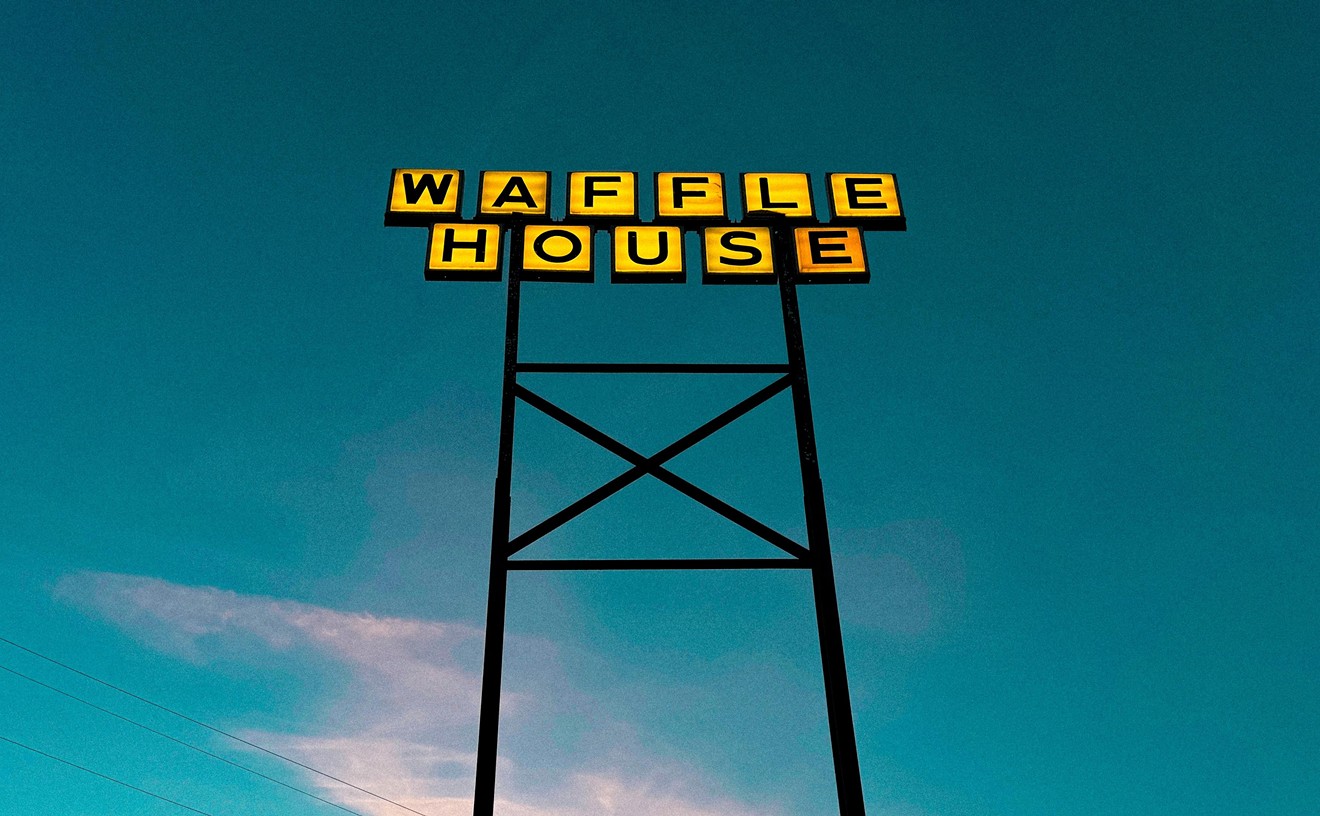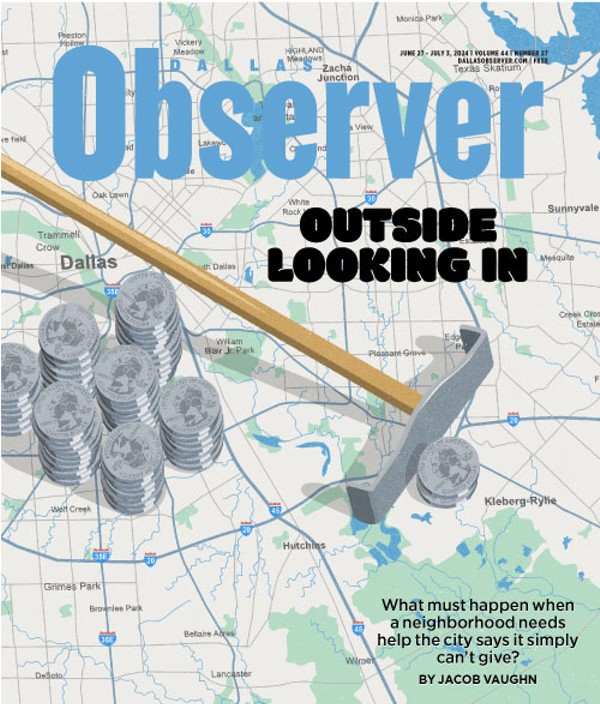“Oh, it’s awesome,” he declared with a laugh and nodded toward the woman next to him. “This is our third time here. My wife and I love it.”
This week, New York Times food writer Brett Anderson published an essay titled, “‘Bromakase’ Is the New Steakhouse” that brought me back to my own conversation at Tatsu. Anderson credits the “bromakase” moniker to fellow Times food critic Pete Wells, who used it to describe both the young, wealthy and often male patrons and the restaurants that have sprouted up to cater to them. They eat omakase not because they respect the tradition of the meal, but because it’s expensive and they are on corporate expense accounts.
Wells puts the bow on his apt description with a callback to the second season of the Showtime series Billions, where the character Mike “Wags” Wagner is thoroughly engrossed in an omakase dinner. Wags notices a pair of finance bros at the end of the table, one of whom is loudly talking on his cell phone while the other waterboards a piece of fish in soy sauce. Wags vocally takes them task, decrying them as “fucking heathens” with expense accounts but no appreciation for the art at hand.
While the man next to me was nowhere near as disrespectful as the two power-suited guys from Billions, the lack of social cues when asking when I would replace my dog as if I’d misplaced an umbrella, not to mention the not-so-humble brag about his third visit to an exclusive dining enclave, makes me think that I may have encountered a “bromakase” in the wilds of Dallas.
For almost as long as there have been restaurants, there have been restaurants that lean into up-market exclusivity. For decades in Dallas, that rarified air has mostly been occupied by steakhouses. Opulent interiors, a la carte sides and massive cuts of beef are the name of the game, because nothing says “conspicuous consumption” quite so eloquently as a 90-day dry-aged 32-ounce Tomahawk ribeye.
Anderson’s essay makes the point that omakase restaurants are the next generation of the exclusive restaurant trend, where the same high-dollar meals are given a fresh coat of global shine. “Just as red-leather booths and dark oak paneling trigger the Pavlovian expectation of a frigid martini and a glistening rib-eye,” writes Anderson, “intimate counters from Omaha to Austin to Chicago to Denver promise a multicourse procession of jewel-like fish flown overnight from Japan.”
Dallas-kase
Dallas is certainly not immune to the trend. When we spoke to Tatsu’s chef-owner Tatsuya Sekiguchi about this growth, he sees it through the lens of opportunity.“I noticed that even though [Dallas] is one of the largest cities in the United States, there are very few Japanese restaurants,” Sekiguchi says. “There are too many omakase restaurants in New York, but I think Dallas should have more omakase restaurants. And that's not only good for the customers, but also for the chef.”
Chefs are key, as Sekiguchi rightly points out. “Dallas was very fortunate that many talented chefs opened omakase restaurants around the same time too. Jimmy Park of Shoyo, Kazuhito Mabuchi of Namo, Shine Tamaoki of Pearl, Leo Kekoa of Kinzo – Dallas is home to many young and experienced chefs.”
As with any trend, omakase is ripe for commercialized duplication. In 2013, Sushi Nakazawa opened in New York City (and is the setting for Wags’ diatribe on the lack of respect to the art on display in Billions). The New York Times’ Wells gave it a four-star rating, and the restaurant quickly became synonymous with sushi excellence.
But as Anderson points out, when Sushi Nakazawa opened in a second location, in Washington, D.C., in 2018, “it helped seed the notion that you could drag-and-drop an omakase restaurant into multiple locations without diminishing the brand.”
Dallas has its own commercialized omakase as well, with the arrival of Sushi Bar and Sushi By Scratch. Anderson emphasizes these two as examples of the “chain-ification” of omakase, and references Brian Reinhart’s profile of the two restaurants in D Magazine.
Reinhart points out that both Sushi Bar and Sushi By Scratch were founded by the same chef (Phillip Frankland Lee) in the same city, cost the same amount (around $200 per person in Dallas) and serve many of the same dishes. And, both are expanding to cities across the country.
Oma-Ka-Ching
Reinhart also briefly touches on the same point we made in our Tatsu review – it’s expensive. “Skipping the [wine and sake] flights and sticking to beers, my two dinners for two still came out to nearly $1,000,” Reinhart wrote of his visits to Sushi Bar and Sushi By Scratch. And more importantly, Reinhart points out that the newcomer chains bring flavors and techniques that skew further away from the traditional methods employed at Namo, Tatsu and to a lesser extent, Shoyo.The high price of omakase, combined with the limited number of seats, is always going to shine a light on the socio-economic strata between the haves and the have-nots. For our review of Tatsu, the visit took nearly two months of coordination and planning, mostly because our food expense budget pales in comparison to major newspapers and glossy magazines. We imagine it’s the same for many of our readers, who must allocate their special occasion budgets accordingly. While I personally remain hopeful that they are Observer readers, the couple seated next to us at Tatsu who likely spent the same amount as the rent of an average Dallas apartment is likely the exception rather than the rule. But in a metropolitan area of millions of people, that's still plenty of "exceptions" who have the means to support such restaurants.
That’s not to say there’s not value to be found: our meal at Tatsu was phenomenally good, with service to match, and the same can be said for many high-end restaurants in the city. Also, most of Dallas’ omakase is still cheaper than, say, the $290 “Royale” tasting menu at Monarch, or almost any cut at Nusr-Et, which charges up to $1,000 to grill you a steak and then theatrically bounce too much salt off somebody’s body and onto your meal.
Whether omakase overtakes the steakhouse, at least in Dallas’ dining scene, remains to be seen. Frankly, with the number of beef-loving traditionalists in our region, we can’t imagine a world without upscale steakhouses to cater to their whims. It’s always good to have options. When it comes to spending our hard-earned dollars for a high-end meal, we’re always going to lean toward the individually owned places over some corporate transplant that’s aping the latest trend.

